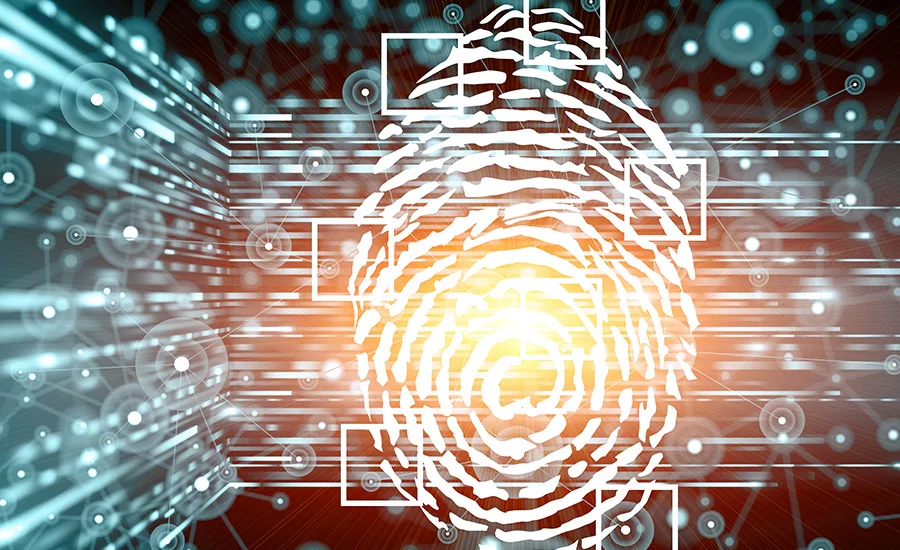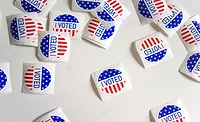NIST Study Measures Performance Accuracy of Contactless Fingerprinting Tech

The National Institute of Standards and Technology (NIST) has evaluated several commercially available contactless fingerprint scanning technologies, allowing users to compare their performance to conventional devices that require physical contact between a person’s fingers and the scanner.
The results of the study, published as NIST Interagency Report (NISTIR) 8307: Interoperability Assessment 2019: Contactless-to-Contact Fingerprint Capture, show that devices requiring physical contact remain superior to contactless technology at matching scanned prints to images in a database. However, when contactless devices scan multiple fingers on a hand, it improves their performance. Contactless devices that scanned multiple fingers also seldom made “false positive” errors that incorrectly matched one person’s print with another’s record.
The publication updates NIST’s July 2018 study on contactless capture and is intended to assist organizations that use fingerprint-scanning technology.
“The report summarizes the state of the art of contactless fingerprint scanning,” said John Libert, one of the report’s authors. “It can help anyone interested in adopting contactless technology to evaluate the cost in performance they might pay by switching to contactless fingerprint capture.”
Fingerprint identification devices, which capture scans of prints intended to be matched against those stored in a database, can find use in buildings and at borders, says NIST. Conventional devices typically require physical contact with an individual’s fingertips, but there is growing interest in technology that does not, in part because it might work faster and with less need for trained operators - it also might be more hygienic, an advantage the COVID-19 pandemic highlights, though the NIST study — which does not examine hygiene — predates the appearance of the virus.
Currently, there are no accepted industry standards for 3D representations of fingerprints that demonstrate compatibility with older fingerprint databases, which contain 2D records, says NIST. One objective of the NIST study was to evaluate the interoperability of these contactless representations with older print impressions. In short, how well do the new contactless devices match their scans with existing database entries?
The NIST study explored the performance of six commercially available technologies: four mobile (smartphone-based) apps and two stand-alone contactless devices. While the publication does not identify the contactless devices by name, all of them were current models as of May 2019, thus providing good indication of the state of the art for contactless capture at the time of the collection. Participating companies provided their devices through a Cooperative Research and Development Agreement (CRADA) with NIST.
Fingerprints were gathered from 200 volunteers in a laboratory setting using all six of the devices, as well as two additional state-of-the-art contact devices for comparison.
Some of the main results include:
- Scanning any single finger results in contactless devices performing comparatively poorly, demonstrating 60 percent to 70 percent accuracy.
- With various multiple finger combinations, devices performed with higher accuracy. Contact device match accuracy is generally better than 99.5 percent, and one stationary contactless device performed to within a fraction of a percent of this match rate. One mobile app reached 95 percent accuracy, and other devices reached close to 90 percent accuracy.
- All contactless devices produced low false positive rates, seldom indicating a match between one person’s scan and another person’s print record.
NIST is preparing a more detailed follow-up analysis of the data as well as a detailed procedure for device testing. The research team expects both of these documents to be published later this year. For the moment, one broad message is that scanning multiple fingers helps contactless performance.
“One purpose of the research was to further test the hypothesis that multiple finger matching can substantially improve the accuracy of contactless fingerprint matching,” Libert said. “Our data suggest that it can.”
Looking for a reprint of this article?
From high-res PDFs to custom plaques, order your copy today!







